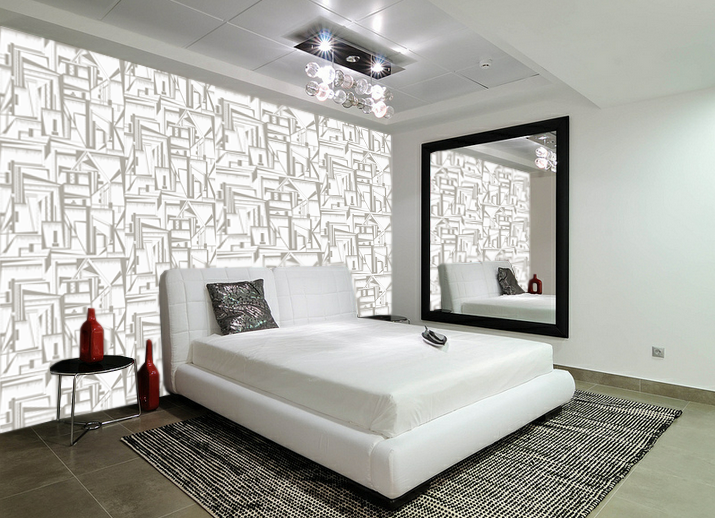This unit has completely changed the way that I design and also my attitude towards my own work. The beginning of this project was very slow, being unsure on what I wanted to create and where I was pulling my inspiration from hindered my progress for longer then I would have liked. By adding in the external project and creating my designs for a company, it has moved my work rapidly into a more professional style. From this point my time management and focus on this project moved up a level, as the designs were very arduous to create. I do however think that the attention to detail and added time on each design is shown in the end prints.
Using making as a starting point and not drawing was something that I wanted to try, change the way that I create designs and move into 3D wallpapers. This process was not successful, it was time very time consuming for an end result that I was not happy with and have not used. The photography and collaboration images have been the strongest areas from this minor project. Combining my work with another artist took a new angle into my designs, with the end result having a mystical and layered feel attached. I have used research from a broad range of media, looking into film, installations, architectures to name a few. The collection of artists and designers I have used had a running theme between them, which took me a while to realise why I was using each. Most of the works were multiples of one motif or material, often light was involved and each had an etherial look. This realisation of what I was searching for in my research has allowed the outcome of my work to become clearer to me, allowing my focus to be put in the right area.
This clarity in my ideas and where I wanted my work to go was a real turning point in this unit, but also in my practice as a whole. I knew I wanted to create pattern and shapes from an unusual source and move these prints into wallpaper. From this point forward I have focussed on refining my drawing techniques and composition of pieces.
The external brief played a large part in this, as my designs had to be professional and to a standard that I was happy to send off to a print company. The drawings and collage work I was creating at this time were interesting, however were not to a high enough standard to fit the dimensions of the brief, as when enlarged became blurred. This made assessing my work critical, finding out which areas worked well and what I needed to refine to create work to send off. At the time this seemed to be a set back in the amount of work I was producing, however the attention to detail was necessary to create prints that were to a standard I was happy with. The upscaling of my drawing and increased time spent on each design provided the print that was used for the Humpties submission. If I had more time on this project I would have moved this print into different colour ways and submitted two or three different prints. I addressed this thought after the submission and came to conclusion that I would tackle these ideas throughout the rest of the project.
Having a clear context for my work became very important at this point of the project, more research into print styles and interiors was needed to finalised where I envisioned my work. Statement wallpaper and wall panels became the focus for these prints, using them as a focal point within a room. To see my work at its full potential I have spent a lot of time putting my prints into visualisations. These have been incredibly helpful in working out colour schemes and scales for different interior settings. The darker and larger prints work best in large, open spaces, in particular in comercial settings. The warmer tones and softer prints work the best in home settings, with the print being in a smaller scale.
I am going to carry on these prints and this style of working into unit X. As I have a few finalised prints and a colour scheme, I am going to explore different materials that my prints can be applied onto. Etching onto plastic and pinting onto fabric are my next steps with my work.


























